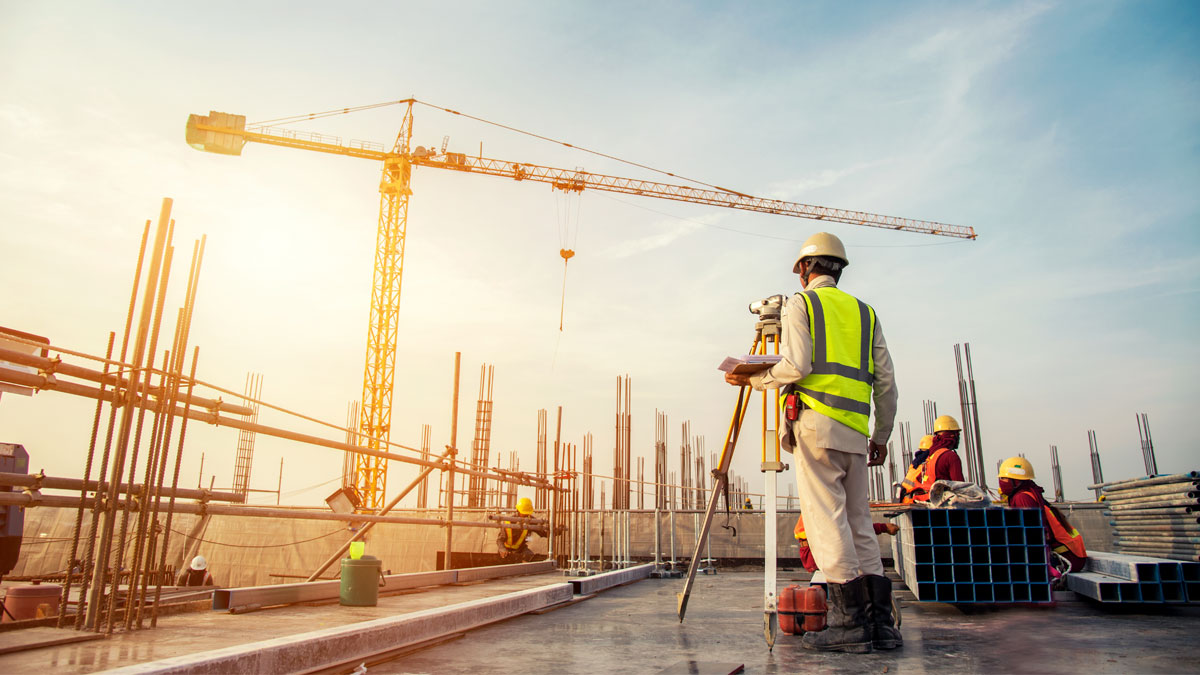OPTIMIZE YOUR SAVINGS WITH ENERGY MODELLING
Energy efficiency efforts continue to evolve in Manitoba’s new construction industry. Design and construction practices are moving towards performance-based standards. A growing number of projects are pursuing energy efficiency certification through our New Buildings Program, which is awarded to projects designed to be at least 10% more energy efficient than the minimum requirements of the National Energy Code of Canada for Buildings (NECB) 2020 Tier 1, and any provincial admendments.
As we look ahead to the future, we expect to see building codes continue to play an important role in the energy performance of new construction. We’ll also likely see more projects working towards Net-Zero Energy Ready, where buildings are designed to produce as much clean energy as they consume.
We’re excited for the future – and we can help you prepare for your energy efficiency projects today. If you’re constructing a new commercial building, investing in energy modelling is a great way to optimize your savings.
WHAT IS ENERGY MODELLING?
Energy modelling is a process used to estimate the energy consumption of a building. Information about climate, solar orientation, design geometry, building materials, and mechanical and electrical systems is collected. This data is then entered into a software program to model and estimate the projected energy use of the building’s design.
The modelling results can be used to:
- compare a proposed building to a similar existing building;
- determine how a design compares to a specific energy target or building code requirement;
- evaluate various energy efficiency options; and
- assign an overall building energy performance rating.
Energy modelling is typically carried out by a design team who use the modelling results to provide advice and consultation to building owners and project teams.
WHY DO ENERGY MODELLING?
Energy modelling allows you to determine the savings impact of the building early in the design process so you can select the materials, technologies, and processes that will bring the most value to your project. Once the model is complete, design characteristics can be adjusted to help evaluate multiple design scenarios against project objectives, budget, and estimated energy consumption.
Energy modelling can also be used to help meet other objectives, like determining eligibility for an incentive or demonstrating compliance with performance-based building codes.
Cost reduction is also a significant benefit. Not only does using energy modelling early in the design process help you identify ways to save energy, but it also helps you save money and reduce the need for costly modifications and changes down the road.
Modern building codes and construction practices are moving in the direction of performance-based standards. In the future, it’s expected that energy modelling will be a necessary part of the integrated design process.
WE’RE HERE TO HELP
Our New Buildings Program offers incentives for energy modelling and construction when you design and build a new energy-efficient building. The Energy Modelling Assistance Incentive provides you with up to $12,000 for energy modelling during your project design phase. Our Performance Path offers up to $3.50 per square foot for new commercial construction projects modelled to be at least 5% more efficient than the energy code. Through this path, energy efficiency certification is awarded to projects designed to be at least 10% more energy efficient than the minimum requirements of the NECB Tier 1, and any provincial amendments.

